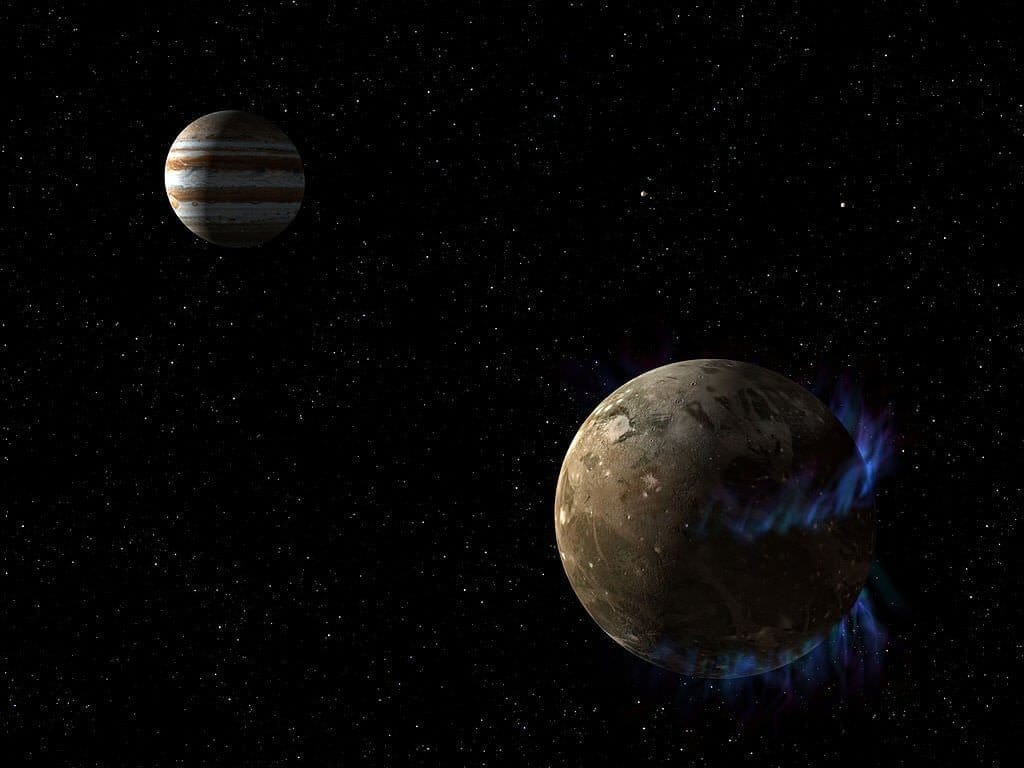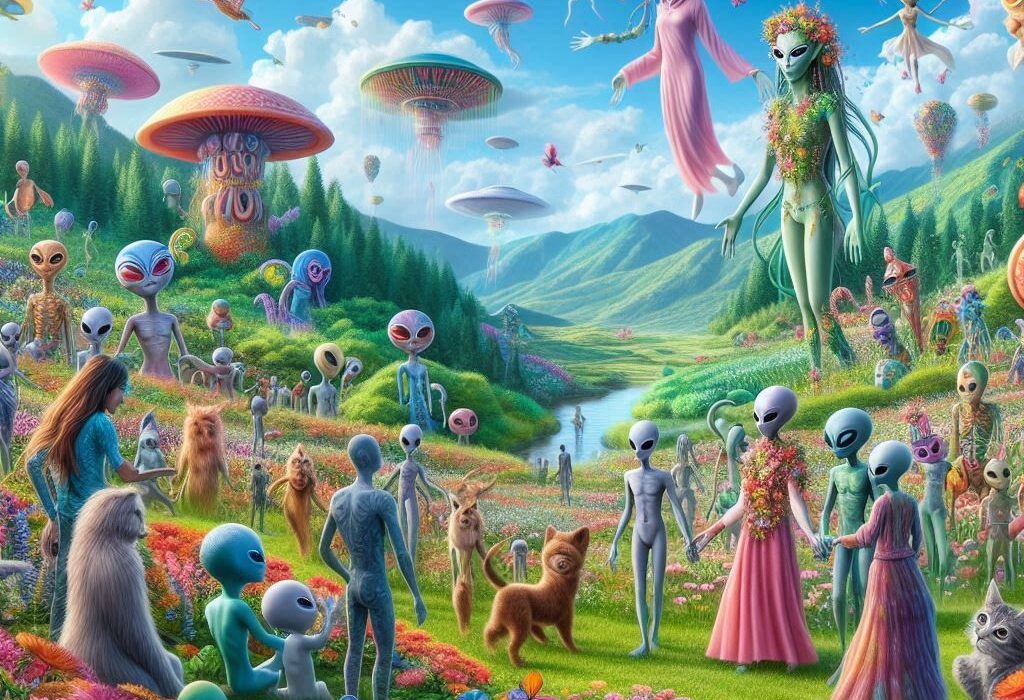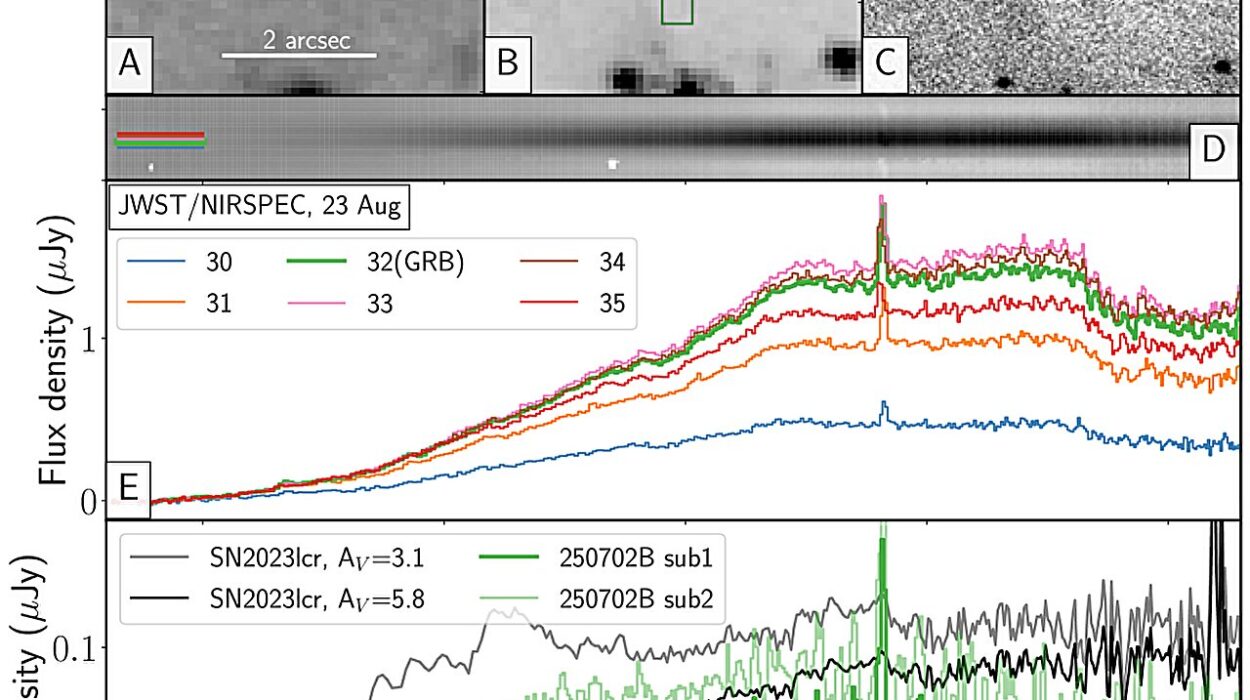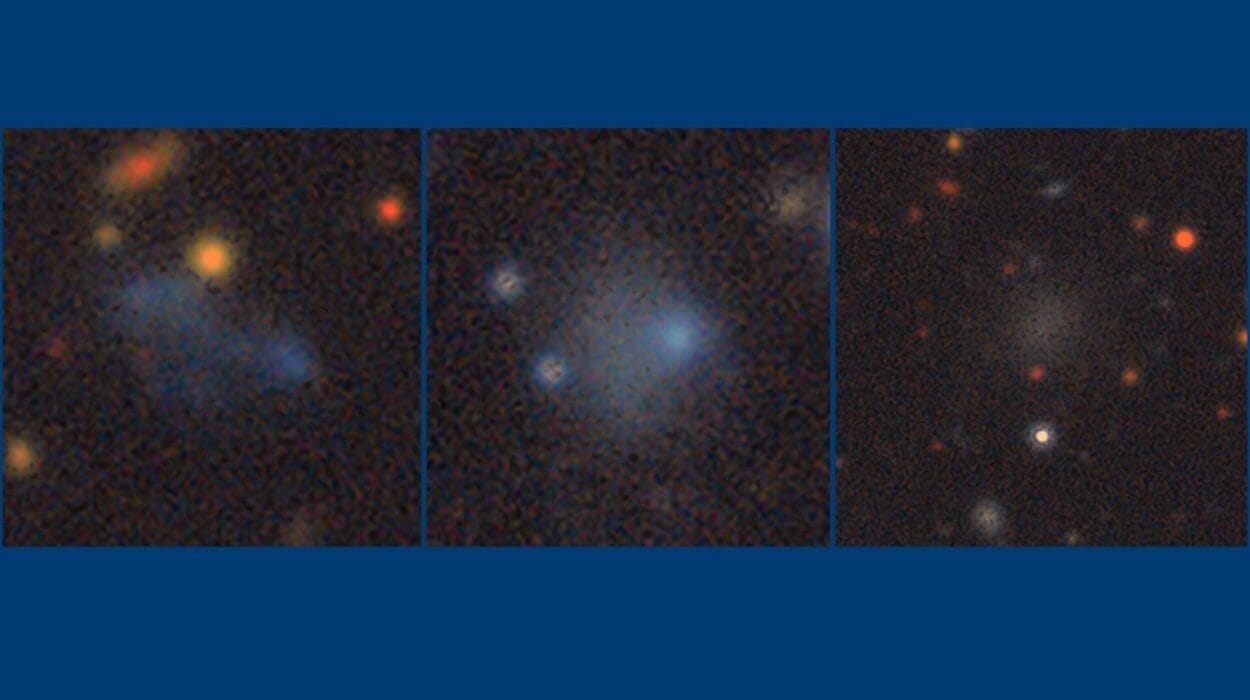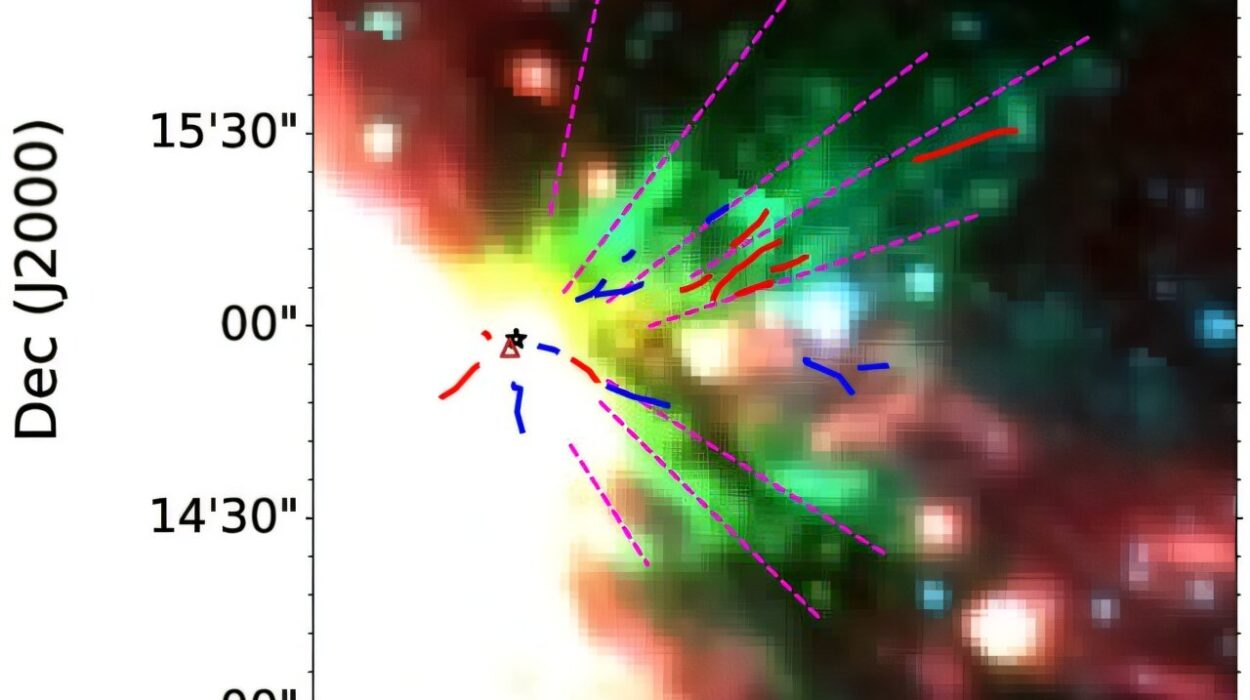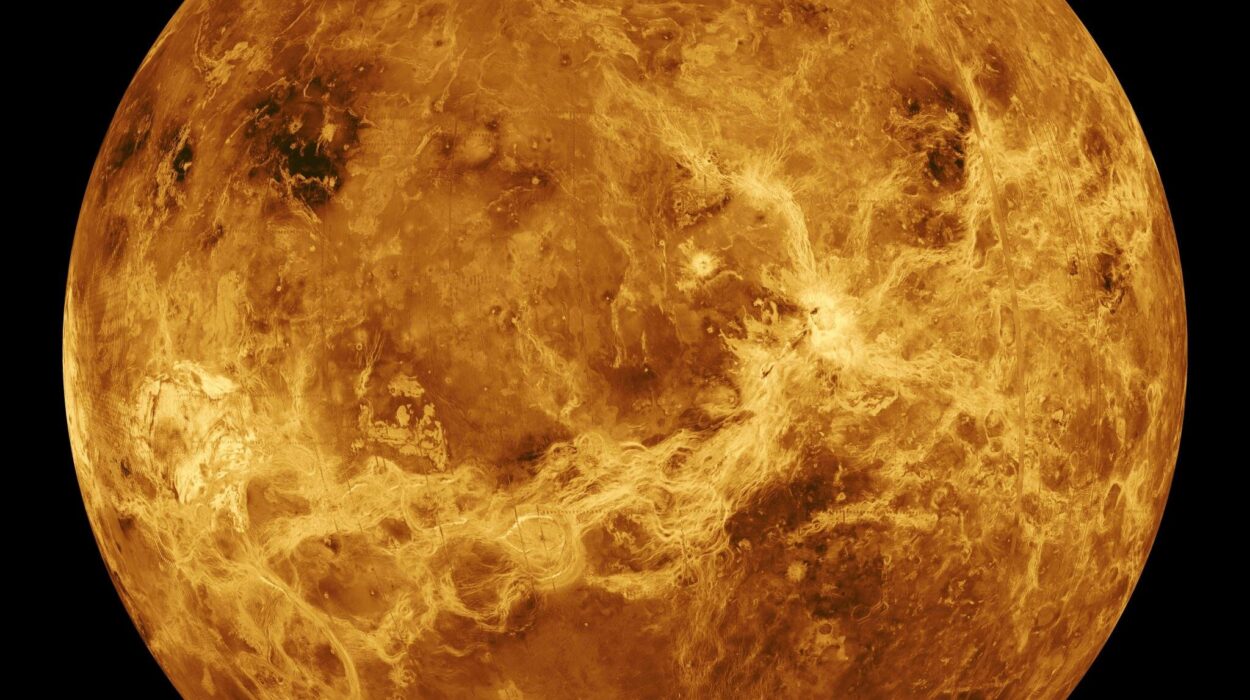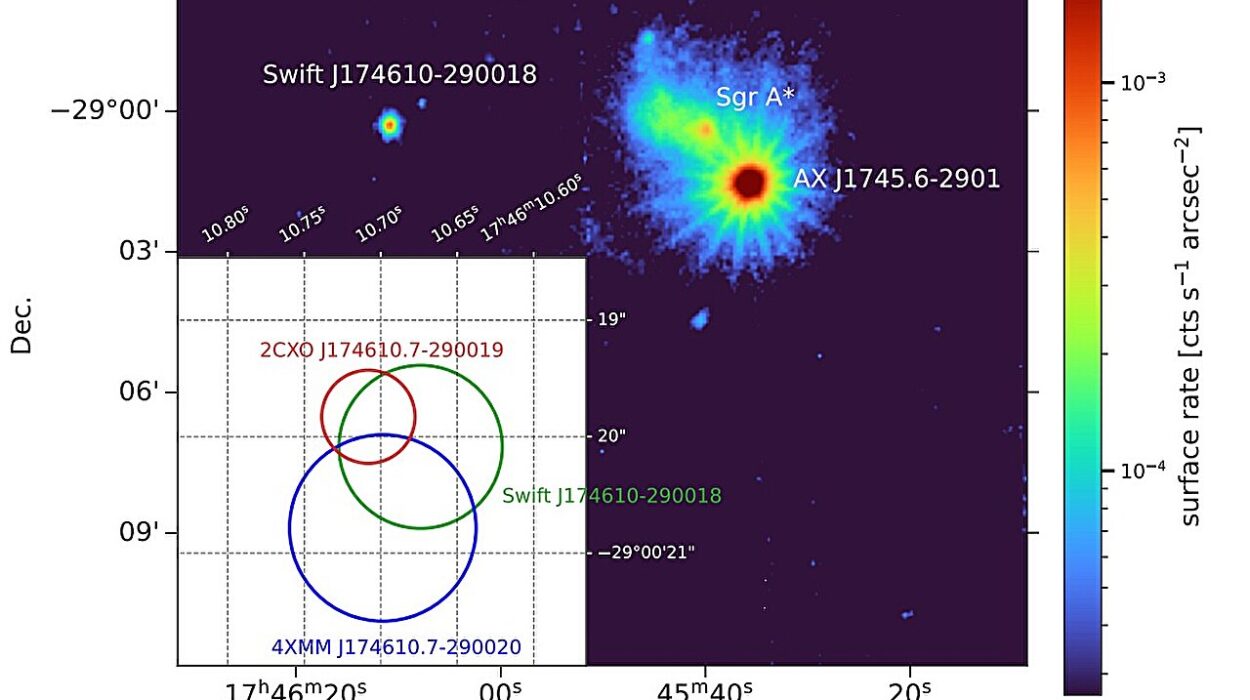We’ve learned a lot about how planets form over the last century. From tiny grains of dust swirling in a protoplanetary disk to the majestic worlds orbiting distant stars, astronomers have built a compelling picture of planetary birth. But when it comes to moons—especially giant moons like Jupiter’s Galilean satellites—the story is far murkier.
Our own Moon is often treated as the archetype of lunar creation. Its fiery birth in the aftermath of a massive collision between Earth and a Mars-sized body has shaped our understanding of satellite formation. Yet, this violent origin doesn’t explain the multiple large moons that circle Jupiter and Saturn. Their orderly systems suggest an entirely different process, one scientists are only beginning to piece together.
A recent book chapter, also released as a preprint on arXiv, by planetary scientists Yuhito Shibaike and Yann Alibert from the University of Bern, dives into this mystery. Their work explores how giant moon systems like Jupiter’s Galileans—Io, Europa, Ganymede, and Callisto—might have taken shape, and how future missions could finally tell us which ideas are right.
The Birthplace: A Disk Around Jupiter
To understand the Galilean moons, we need to imagine a miniature solar system orbiting Jupiter during its youth. This disk of gas and dust, called the circum-Jovian disk (CJD), is a smaller cousin of the circumstellar disk (CSD) that once circled the Sun. In both cases, swirling material condensed into worlds.
But there are key differences. Moon formation happens at lightning speed compared to planet formation—10 to 100 times faster. The CJD was not an isolated nursery. It was constantly replenished with material from the larger circumstellar disk and constantly losing it to Jupiter’s enormous gravity.
This dynamic process complicates the picture. Unlike planetary systems, where astronomers now have thousands of exoplanets to study, multi-moon systems remain rare in our observations. Beyond Jupiter and Saturn, no other large moon families are known. The discovery of “exomoons” is still in its infancy, leaving us with only two examples to test our theories against.
From Minimum Mass to Gas-Starved Disks
Early theories in the 1980s suggested that the Galilean moons formed in a dense, static disk around Jupiter. This “minimum mass model” assumed that the CJD had about as much material as the moons themselves.
But later work revealed problems with this picture. In 2002, scientists proposed the “gas-starved disk” model, where the CJD began relatively poor in material but was steadily fed by gravitational capture from the larger circumstellar disk. Instead of a closed system, it was a porous one, allowing for ongoing inflow and outflow.
This model better explains how Jupiter’s moons might have grown despite Jupiter itself sweeping up or ejecting most of the nearby debris.
The Challenges of Moon Growth
One of the strangest aspects of moon formation is that the raw materials are scarce. Jupiter, the solar system’s heavyweight, is incredibly effective at clearing its orbit. Small boulders—what astronomers casually call “pebbles”—were often swallowed by the gas giant or flung out of the system entirely.
So how did moons manage to grow?
One possibility is through the steady accumulation of dust, which could sneak past Jupiter’s gravitational defenses into the CJD. Another is through “planetesimal capture,” where larger rocky bodies—on their way to becoming planets themselves—were diverted by Jupiter’s immense gravity and trapped as moons. Saturn may even have played a role, nudging objects into Jupiter’s grasp before they slowed down in the dense gas cloud that once surrounded the young planet.
Each idea has strengths and weaknesses, and the real story may involve a combination of these processes.
Callisto: The Odd Moon Out
The four Galilean moons don’t tell one uniform story. Io, Europa, and Ganymede are locked in orbital resonance, their gravitational dances shaping volcanic eruptions and hidden oceans. Callisto, the outermost, stands apart. It isn’t in resonance, and it’s only partially differentiated—its interior layers are not fully separated into core, mantle, and crust like the others.
Some scientists think Callisto’s unusual state means it formed under different conditions, perhaps more slowly or farther from Jupiter’s reach. Others suggest it might have been disturbed by an impact, knocking it off its natural course. In some pebble-accretion models, Callisto is still “unfinished,” an incomplete moon that never fully matured like its siblings.
Understanding this oddball world could be the key to unlocking the history of the entire Jovian system.
Looking Ahead: JUICE and Beyond
Right now, much of moon formation theory remains untested. But that is about to change. The European Space Agency’s Jupiter Icy Moons Explorer (JUICE), launched in 2023, is on its way to study Europa, Ganymede, and Callisto in unprecedented detail. NASA’s Europa Clipper will soon join the effort, zooming in on Europa’s icy shell and hidden ocean.
These missions won’t just tell us about the possibility of alien life beneath Europa’s crust—they’ll also give us clues about how such moons came to be. By comparing internal structures, surface histories, and orbital dynamics, scientists hope to narrow down which formation models hold up under real-world data.
The ultimate test, however, will come from exoplanet science. When telescopes become powerful enough to detect and study exomoons around distant worlds, we will finally know whether Jupiter and Saturn are cosmic oddities or examples of a broader truth.
Why It Matters
The story of moon formation is more than a technical question for astronomers. Moons shape their planets, influence climates, and even provide havens for life. Without our Moon, Earth itself would look very different: no stable axial tilt, no tides shaping the coasts, and perhaps no humans to wonder about the night sky.
Understanding how moons form is therefore a way of understanding our own origins. It is also a way of peering into the richness of other planetary systems—worlds where multiple moons could host oceans, volcanoes, and maybe even life.
For now, the Galilean moons stand as our best laboratory. They are relics of a time when Jupiter was young and restless, their frozen and fiery surfaces holding the secrets of a process we are only beginning to understand. As spacecraft close in on these worlds and telescopes sharpen their gaze, one of astronomy’s oldest questions may finally be answered: how do giants give birth to their moons?
More information: Yuhito Shibaike et al, Origin of Ganymede and the Galilean Moons, arXiv (2025). DOI: 10.48550/arxiv.2508.05932
